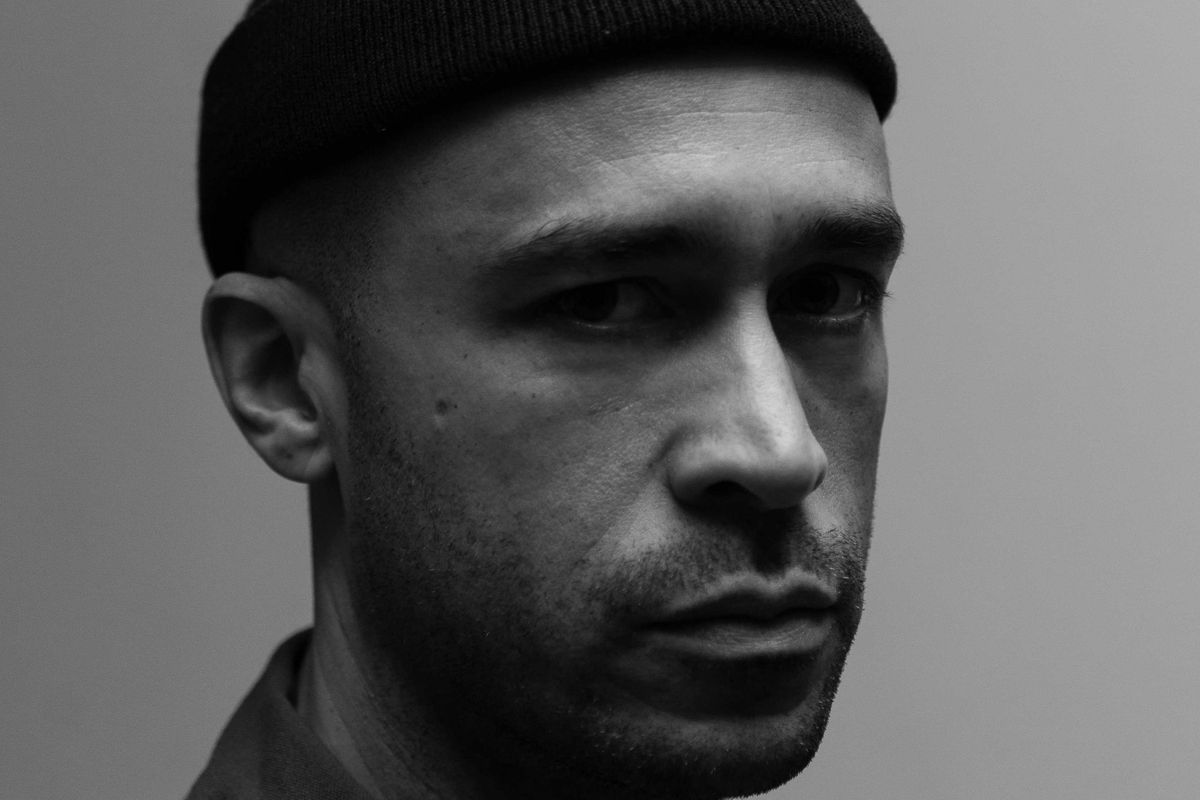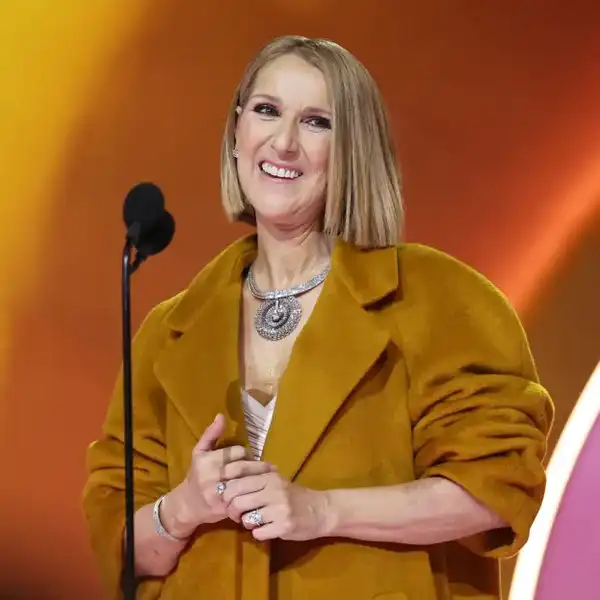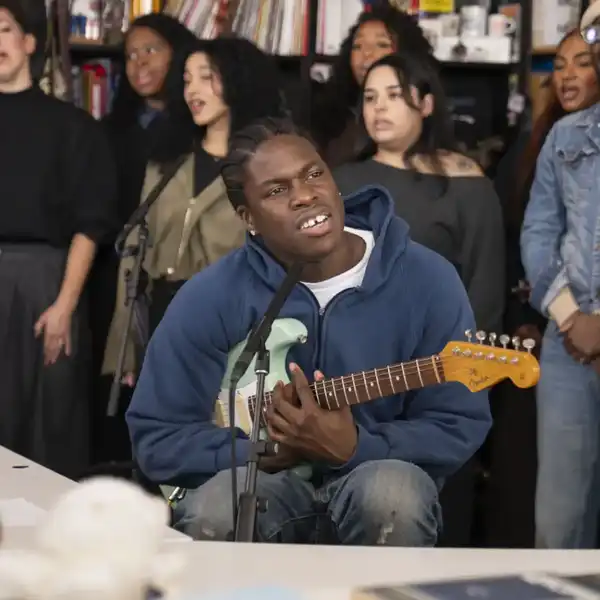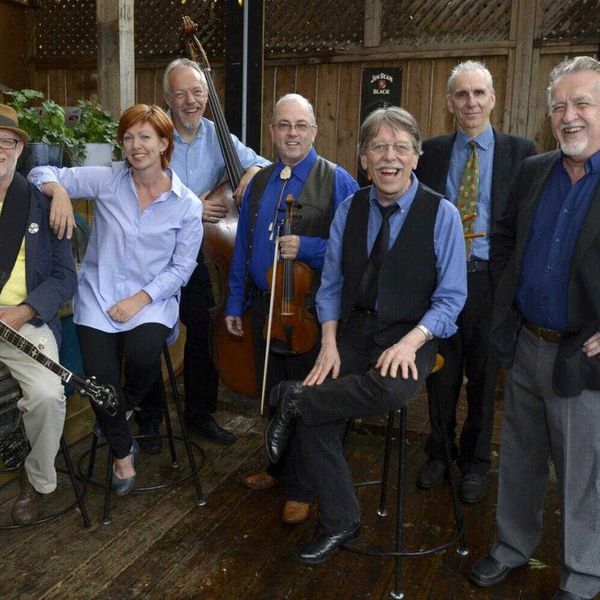Stingray Joins with Independent Canadian Broadcasters to Call for Government Support of Local Radio
The major media company has joined forces with independent broadcasters to send a letter to the federal government, calling for specific measures to support the local radio sector, like tax incentives for advertisers and dedicated advertising spends.
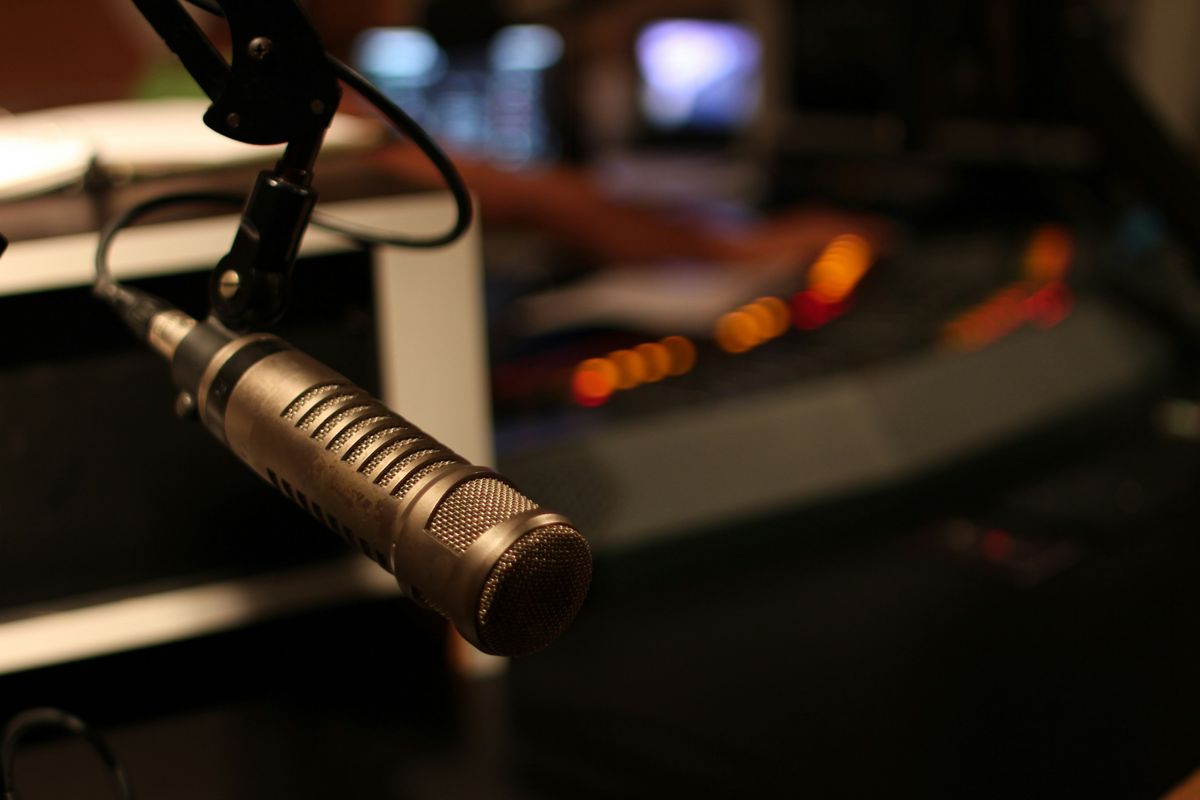
A lot is at stake for Canadian broadcasters and musicians in the upcoming federal budget.
Canadian media company Stingray, which manages over 100 radio stations, has joined forces with independent radio broadcasters to call on strong support from the federal government for the local radio sector. Stingray and the group of broadcasters have made their message clear in a letter to Finance Minister Chrystia Freeland and Minister of Canadian Heritage Pascale St-Onge, calling for measures that will assist local radio amidst declining advertising revenues.
Canada's radio industry, which contributes $373M to Canadian content, has suffered from advertisers pivoting towards tech giants like Meta, while consumers are increasingly using streaming services like Spotify and Apple Music. According to the Canadian Association of Broadcasters, in 2023 more than 200 Canadian radio stations were at risk of closing, with 40 percent of stations operating at a loss. Bell Media recently announced it was selling 45 of its 103 radio stations, amidst company-wide cuts. (Billboard Canada FYI recently spoke with three radio experts on how the industry is navigating turbulent times).
Stingray's letter proposes specific recommendations to deal with these conditions. The letter suggests that at least 70% of the Government of Canada advertising expenditures should be dedicated to local media, across print, digital, radio and television. It also calls for at least a 20% tax credit for advertising with Canadian media outlets.
"The local radio sector is an integral part of our national identity," says Stingray CEO Eric Boyko. "Stingray and our respected independent industry partners are calling on the government to implement these measures, which are critical to the sector’s viability.” Stingray emphasizes the importance of independent radio in supporting Canadian music as well as "upholding fundamental democratic values." The Canadian Association of Broadcasters also highlights local broadcasters' role in providing reliable and relevant news to Canadians.
The independent industry partners supporting the letter include companies like Atlantic radio network Acadia Broadcasting, which owns 16 stations; London Ontario's Blackburn Media, which owns 13 stations; and Western Canada company Pattison Media, which owns 48 stations. In addition to its radio properties, Stingray provides services to a range of international media brands and manages TV channels, karaoke products, subscription content and more.
The National Campus and Community Radio Association also recently issued their own call to the federal government, asking it to re-direct advertising funds towards Canadian media and especially community media, as well as re-instating the Local Journalism Initiative, a program that has employed hundreds of journalists and will expire in March.
While the closure of radio stations means less airplay for Canadian musicians, the challenges facing the radio sector also have indirect impacts on Canadian music. Private Canadian broadcasters are major contributors to the Canadian music organization FACTOR, which provides thousands of Canadian musicians with grants each year. As radio broadcasters' contributions to FACTOR decline, music associations are calling on the federal government to increase its contribution to the Canada Music Fund, which provides FACTOR with funding. That campaign recently had a small win, as the federal Finance Committee recommended the government fulfill their campaign promise to increase the CMF, but it remains to be seen if the federal budget will accept the recommendation.
Media and music industry members will have to wait until late March — when the federal budget usually arrives — to find out whether their calls are getting heard.

